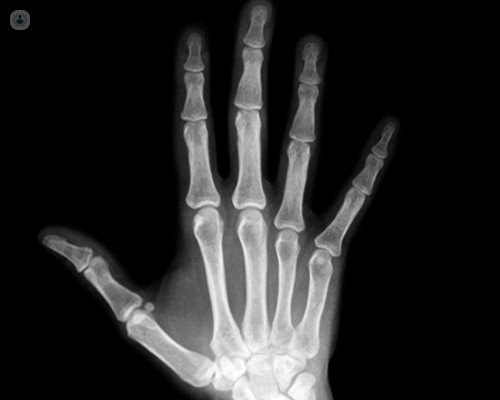

What is radiography?
Radiography is an imaging technique used to provide images of the tissues, organs and bones inside the human body. There are two types of radiographers: diagnostic and therapeutic. A diagnostic radiographer takes images of the insides of patients’ bodies to diagnose injury, illness and disease. A therapeutic radiographer is an allied health professional who has undergone specific training to be able to deliver radiotherapy for patients undergoing treatment for cancer. A radiographer is also not to be confused as a radiologist as although they work closely together, they are different physicians.

What’s the difference between a radiologist and radiographer?
Radiographers are the ones to operate the tools and equipment, whilst radiologists analyse and interpret the images, or treat patients with radioactive materials. Radiology is a branch of medicine and radiography is the type of technology radiologists employ to do their jobs.
What equipment does a radiographer use?
Radiographers operate the following equipment:
- X-rays – to look through tissues to examine bones and cavities
- CT scan (computed tomography) – provides views of cross-sections of the body
- MRI (magnetic resonance imaging) – builds a 2D or 3D map of different tissues
- Ultrasound – to check circulation and examine the heart
- Nuclear medicine imaging
